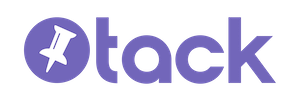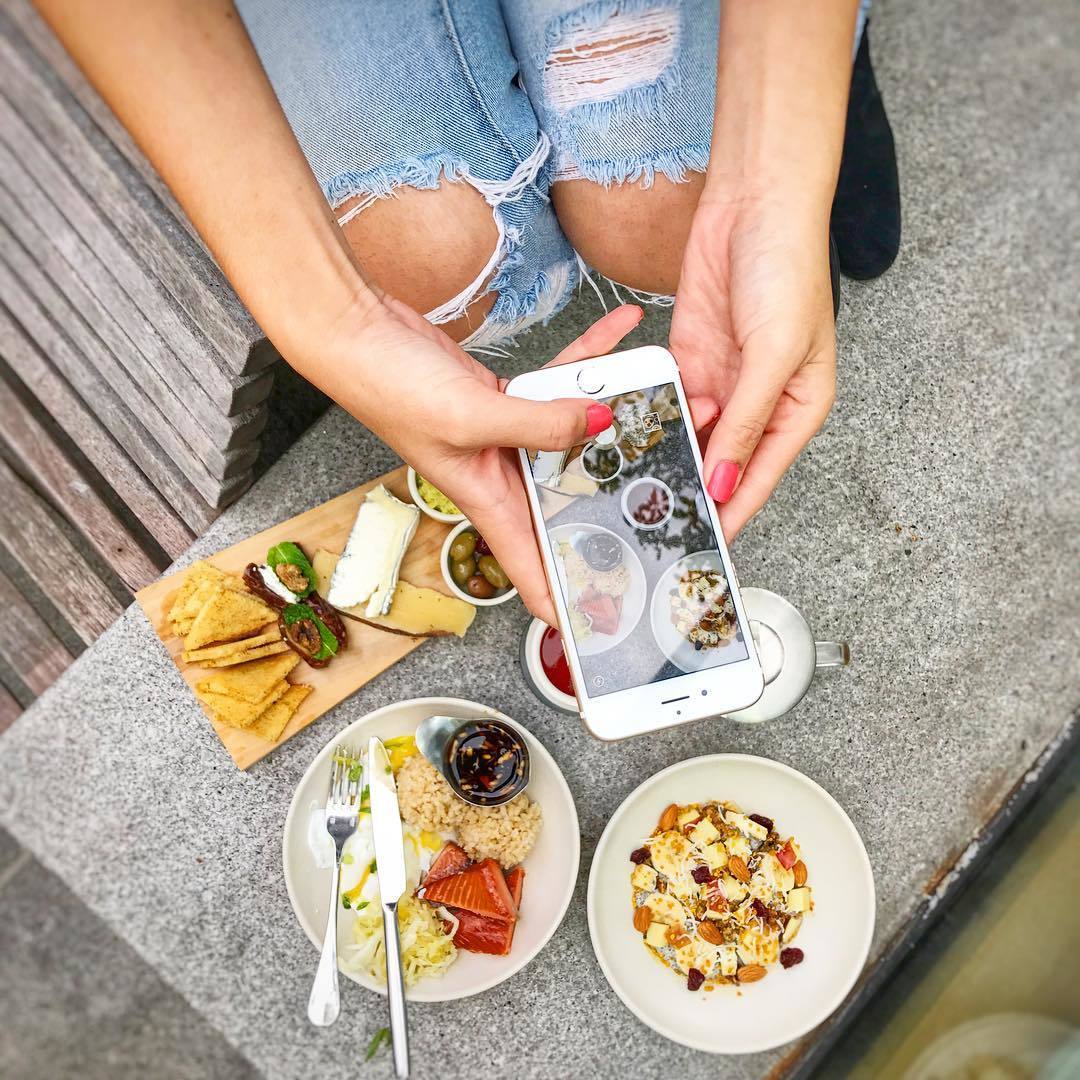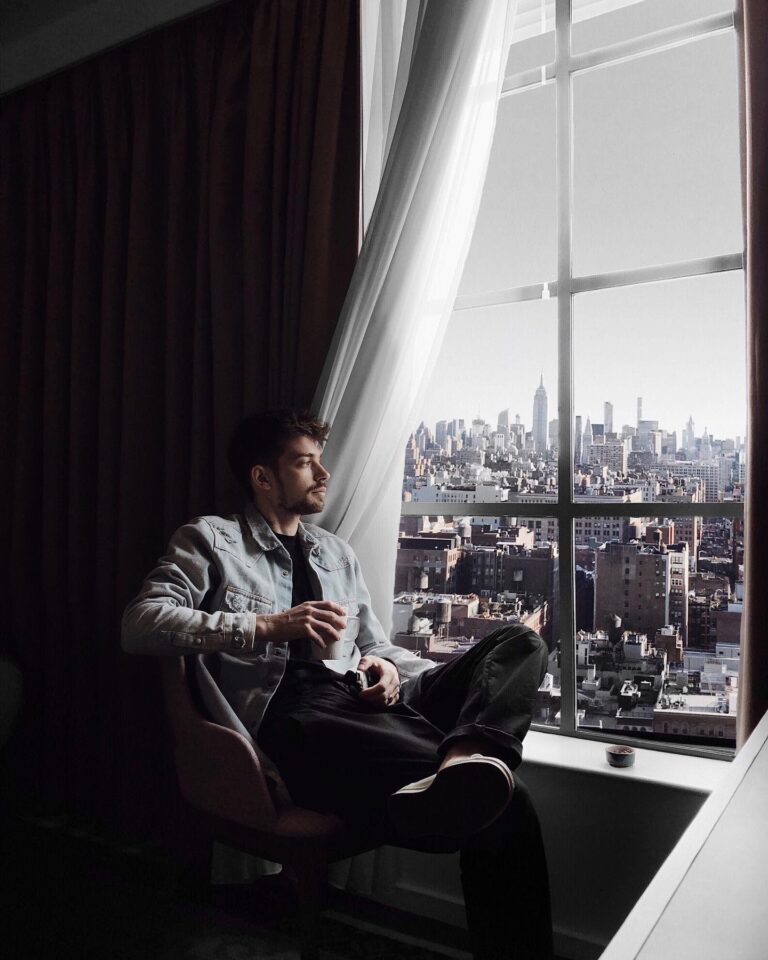Avoiding Copyright Infringement: Don’t Be Like Jerry
Imagine you’re a content creator, scrolling through Instagram, tapping those hearts, when you come across a photo you recognize (because you took it) on a feed that isn’t yours and doesn’t have your permission to share it. Chances are, you’d be pretty upset if you’re serious about your work (and probably even if you aren’t).
Now, imagine you’re the marketer on the end of a DM from the influencer whose content was used without permission. It’s not pretty.
While strong UGC curation and sharing can boost your engagement, stealing or misusing content created by others can damage your business.
Just ask Elliot Tebele of Jerry Media.
Elliott’s 14.7M-follower Instagram account has been accused (repeatedly) of stealing jokes from comedians for years and has recently come into the spotlight once again for the company’s connection to hot topic du jour, Fyre Festival.
Just this week, Comedy Central, Bumble and other major advertisers pulled their sponsored posts on Jerry Media’s Instagram feed due to the accusations of and blatant plagiarism rampant on the account.
By Tebele’s own account, he recognizes that proper curation and attribution of his Instagram feed’s content hasn’t been his focus. In his apology, he writes:
Effective immediately, we will no longer post content when we cannot identify the creator and will require the original creator’s advanced consent before publishing their content to our followers. It is clear that attribution is no longer sufficient, so permission will become the new policy.
Content creators—from photographers to comedians, amateur to professional—work diligently on their crafts, editing photos and revising jokes, and their materials, unless specifically marked as such, are not open-source. Influencers especially may tag your brand, but being tagged doesn’t mean you’ve been given permission. It’s important for brands to protect themselves by curating photos the right way, which means being given explicit permissions directly from the content creator.
Copyright infringement is the act of claiming credit for someone else’s works, whether it’s writing, music, drawings, paintings pictures or even memes on the internet. And it’s a big deal.
As marketers, we know the power of user-generated content and want to incorporate as much of it into our strategies as we can. It’s so important, in fact, that brands employing UGC often see a 28% higher engagement rate on their social feeds.
There are stories galore of artists who have sued to protect their copyright, and very often, they win. Brands and businesses can’t afford to take chances with their reputation or ending up with extensive legal fees.
Mitch Jackson, Sr. Partner at Jackson & Wilson, breaks it down for us here:
When apps like Tack make it easy to gain legal permissions for user-generated content, why take the risk?
To help you and your team, we’ve written a handy guide on how to avoid copyright infringement. Hint: It really is as easy as asking for permission instead of forgiveness. But you’ll want to make sure your terms are comprehensive, clear and shared with the creator whose content you requested.
Sharing something online that you didn’t create in-house may seem like harmless fun; in reality, as many are learning this week, it’s anything but.
When you use Tack to curate a photo, you can rest easy knowing that you have legal permission to share it.
So, Jerry Media, want to chat?




 Olivia Hernandez, founder of Sourdough Social, recently took time to chat with us about how she…
Olivia Hernandez, founder of Sourdough Social, recently took time to chat with us about how she…

 3 ways to get more customers to tag you on Instagram
3 ways to get more customers to tag you on Instagram Do you have a physical location? Check to see if “Tag us @…” is present on your stickers, stationary, receipts, cocktail napkins, signs, and digital…
Do you have a physical location? Check to see if “Tag us @…” is present on your stickers, stationary, receipts, cocktail napkins, signs, and digital…
